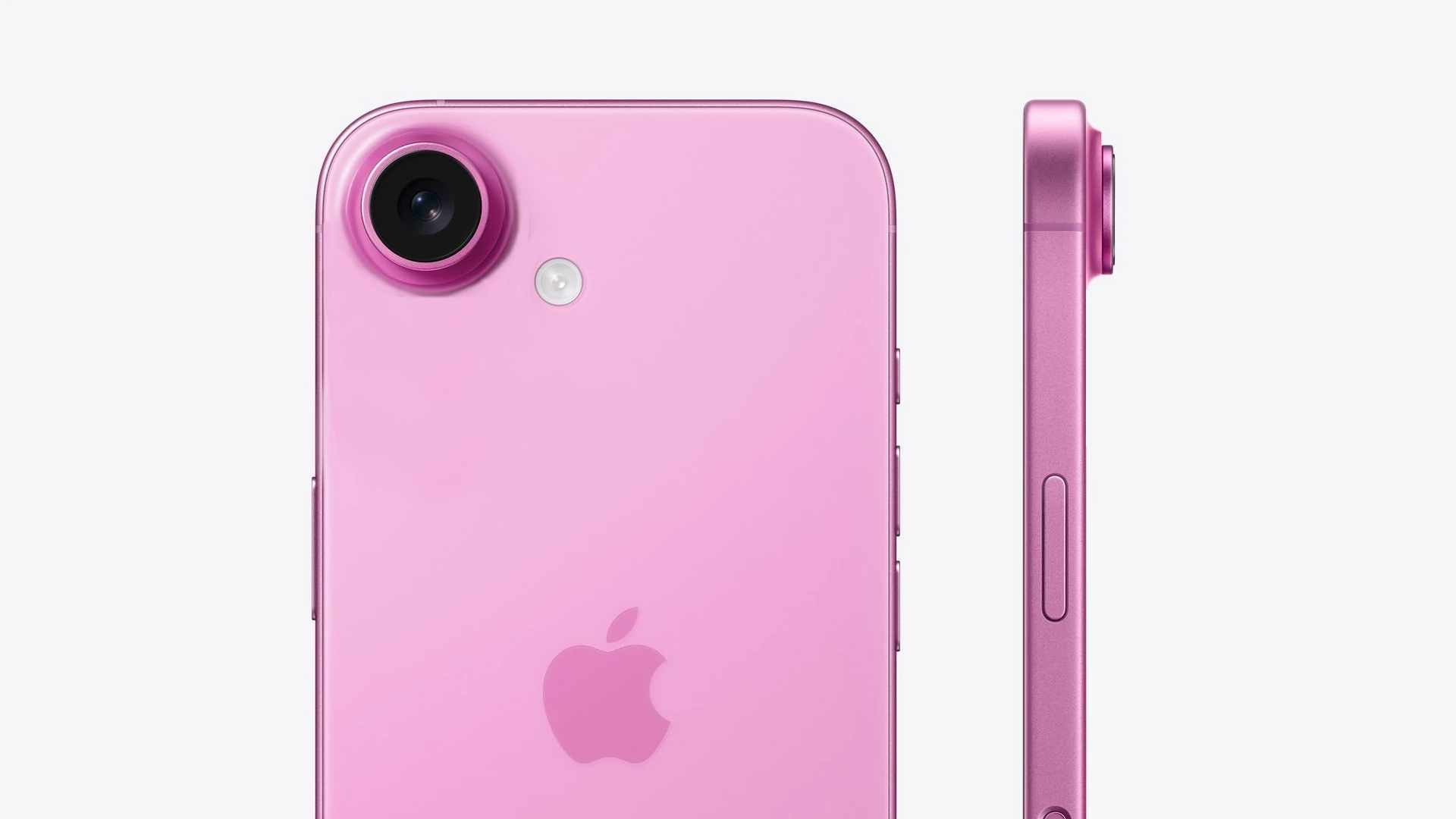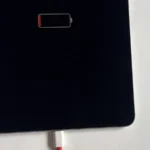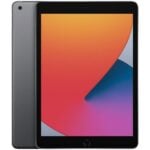The iPhone 17 Air is expected to be the thinnest iPhone ever, at just 5.5mm thick. This slim design might happen by removing the SIM card tray and using only eSIM technology. This change could greatly affect how we connect to mobile networks and might speed up the adoption of eSIMs in the industry. While many people find a thinner design attractive, it could also lead to issues like a smaller battery and lower durability.
Apple analyst Ming-Chi Kuo believes this new design could increase iPhone sales, but it’s unclear if customers will favor these changes. As the iPhone 17’s launch approaches, excitement grows over the rumors of its thin design and new features, especially the exclusive use of eSIM.
Rumors of a Super-Slim iPhone 17 Air
A New Design
Rumors suggest that Apple is developing an ultra-thin iPhone 17 Air. It may measure just 5.5 mm at its thinnest point. This is much thinner than the iPhone 14 Pro Max, which measures 8.1 mm. To achieve this thinness, Apple might remove the SIM card tray. This would mean the phone could only use eSIM technology.
Analyst Predictions
Apple analyst Ming-Chi Kuo first shared these rumors. He believes the new design could help Apple sell more iPhones. A thinner phone might appeal to people who want a lighter, more compact device.
Possible Drawbacks
However, there are some possible drawbacks to this design. A thinner phone might have a smaller battery. It might also be less durable than a thicker phone. Some users may not like the eSIM-only design. Not all wireless carriers support eSIM technology.
Looking Ahead
It is important to remember that these are just rumors. Apple has not confirmed any of this information. We will have to wait and see what Apple announces. If the rumors are true, the iPhone 17 Air could be a very exciting new device.
iPhone 17 Air Rumored Specs
| Feature | Rumored Spec |
|---|---|
| Thickness | 5.5 mm |
| SIM Card | eSIM only |
| Display | 6.7-inch OLED |
| Processor | A17 Bionic |
| Rear Camera | 48MP |
The Rise of eSIM Technology
The iPhone 17 Air may only use eSIM technology. This is a digital SIM that is embedded in the phone. You do not need a physical SIM card with an eSIM. This technology is becoming more popular. It offers several advantages over traditional SIM cards.
Benefits of eSIM
- Convenience: You can activate a wireless plan without visiting a store.
- Flexibility: You can switch between carriers more easily.
- Space: Removing the SIM card tray frees up space inside the phone.
The Future of eSIM
Many experts believe that eSIM will eventually replace physical SIM cards. This is because eSIM offers several advantages. Apple removing the SIM card tray from the iPhone 17 Air could accelerate this trend.
Short Summary:
- The upcoming iPhone 17 Air could measure as thin as 5.5mm, potentially making it the slimmest iPhone to date.
- It is believed that Apple will eliminate the physical SIM card slot entirely, opting for eSIM functionality in this model.
- The iPhone 17 Air may feature a single 48-megapixel camera and come with competitive specifications, despite its narrow design.
The tech community is buzzing with early speculations surrounding the iPhone 17, particularly a remarkable variant dubbed the “iPhone 17 Air.” According to well-known analyst Ming-Chi Kuo, this new model is being designed to blow past conventional limits of smartphone thickness, with a projected depth of only 5.5mm. If confirmed, this would make the iPhone 17 Air the slimmest iPhone Apple has ever produced, surpassing even the iconic iPhone 6.
The slimness of the iPhone 17 Air would come at the cost of some traditional features, with reports suggesting the complete removal of the physical SIM card slot in favor of a pure eSIM technology. This shift toward eSIM is not entirely new; Apple has gradually introduced eSIM support in various regions, but a full commitment to eSIM across its flagship models could signal a significant change in how smartphones are designed. As Kuo noted, “The iPhone 17 Air represents a pivotal move towards embracing digital carrier solutions over traditional SIM cards.”
In addition to its astonishing thinness, speculation suggests that the iPhone 17 Air will include a 48-megapixel rear camera, which may be a single-lens setup optimized for high-quality photography despite the device’s compact design. This configuration raises eyebrows about the capabilities of the camera, especially when considering that other models in the iPhone lineup may feature more advanced multi-camera systems. Industry experts predict that while the iPhone 17 Air may excel in sleek aesthetics, it might trade off certain advanced functionalities typically offered in Pro models.
Sources within Apple’s supply chain indicate that the iPhone 17 Air will replace the “Plus” model, thereby offering a larger display experience without compromising on portability. The anticipated specifications include a 6.6-inch display, 8GB of RAM, and Apple-designed 5G modem technology, suggesting that while it focuses on slimness, it won’t lack performance capabilities.
Moreover, looking towards the iPhone 18, rumors are swirling about revolutionary improvements in camera technology. Insiders suggest that Apple could partner with Samsung to develop a state-of-the-art, three-layer stacked image sensor. This innovative “PD-TR-Logic” technology promises to enhance mobile photography significantly by reducing noise in low-light situations and improving the overall dynamic range of images. If realized, such a partnership would represent a notable shift for Apple, who has traditionally relied on Sony for its imaging components. “The potential integration of this advanced camera technology in future iPhones could redefine mobile photography as we know it,” suggests a market analyst.
As we look ahead, the tech world remains on the edge of its seat, eagerly anticipating what Apple’s commitment to innovation will bring forth in the iPhone 17 Air and beyond. Even if these are merely rumors for now, they reflect a broader trend in the smartphone industry towards thinner designs and increasing reliance on digital solutions like eSIM. Whether or not these specifications materialize into the final product remains to be seen, but the excitement leading up to Apple’s next big reveal is palpable.
In conclusion, the iPhone 17 Air’s potential 5.5mm design and eSIM-only functionality could indicate a significant shift in smartphone design philosophy. Apple appears poised to challenge the norms, pushing boundaries in tech advancements while remaining committed to high-performance capabilities. iPhone enthusiasts and tech fans alike will be watching closely as the launch date approaches, eager to see how the next generation of iPhones is set to redefine user experiences in an ever-evolving digital landscape.







